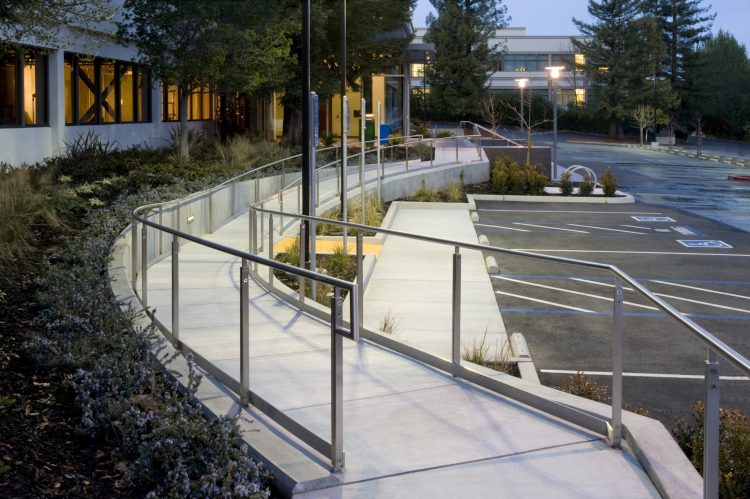Speaking to another amputee can make a real difference to your recovery and ease your concerns. We call this type of assistance Peer Support.
Following surgery, you will need time to recover. It is also a time to set goals about your journey ahead. Here, we help to guide you through the process to navigate your pathways forward.
Effectively managing your short and long term health will lead to better outcomes and prevent future problems.
Getting the right kind of prosthesis to suit your lifestyle needs and daily level of activity is important.
People are often concerned about the costs involved in getting a prosthesis. In Australia, there are a number of different funding schemes and it can be easy to get confused and to know what you are eligible for.
Going home following a stay in hospital can be a relief, however you need to think about
what needs to be done to make your home safe and easy to get around.
This information sheet looks at what you need to consider prior to going home, and the
things that you will need to help you to access, live and function independently at home.
An assistive device is the name given to equipment which aids your ability to do things,
such as; wheelchairs, walking aids and shower chairs.
Structural modifications refer to parts of your home which require changes – such as;
changes to doors and walls in your home and/or the addition of rails, ramps or both.
Building standards need to be met when home modifications are made so it is important
you seek the correct assistance. If you require a structural modification, you should ask
for help from your Occupational Therapist to make sure that you get the devices that suit
your needs. It is important to discuss funding options and costs for these items.

The bathroom can be a high risk place because the floor can be wet and slippery which means it’s easy to fall and hurt yourself.
Remember that ladders are dangerous, and you should not climb one with a prosthesis
TIP - there are many products that can help you to live independently.
Read this article as a PDF
Keep up to date with our latest news, events and information
